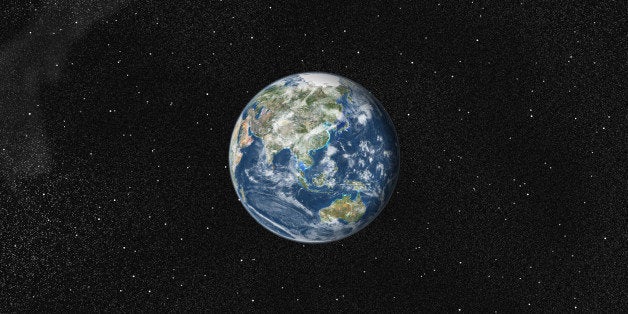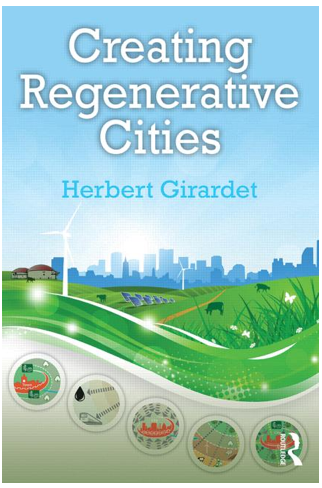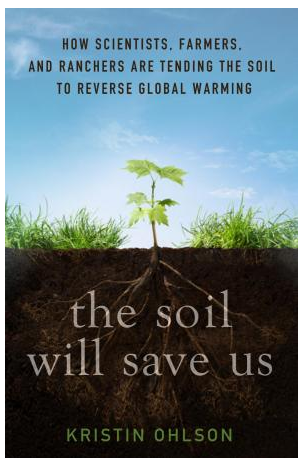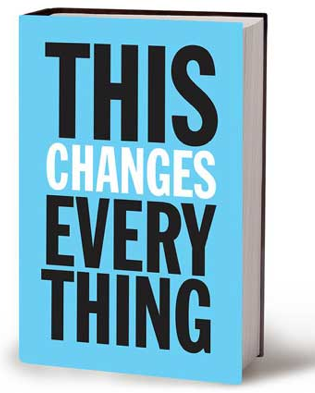
Three important new books in 2014 -- and an extraordinary poem -- stand out as essential reading for our climate change century -- far from being requiems for our planet. Informative, original, unblinking and provocative, dealing head-on with the challenges of resource use in an urbanizing world, Herbert Girardet's Creating Regenerative Cities, Kristin Ohlson's The Soil Will Save Us, and Naomi Klein's This Changes Everything provide groundbreaking ways of rethinking the global framework to address climate change.
While last week's Lima Accord on climate change resulted in non-binding emission-cutting goals by the global community, observers from the nearly 200 countries clashed over tenuous hopes for "common but differentiated responsibilities" provisions in the agreement, especially by the largest industrial powers.
Whether they are roadmaps or road side attractions, such international accords garner a lot of media attention, but rarely offer much hope or new ideas for transition efforts away from the devastation of fossil-fuel extraction and burning at home. It's easy to surrender to the gloom: Over the past decade, I've covered the coal industry's virtually uncontrolled reign of pollution; my family's home state of Illinois is in the throes of a completely ignored coal mining and export rush. In the late 1990s, I wrote about the impact of climate change on migration, when we lived among the Raramuri in northern Mexico, during the worst years of drought in that country's history.
Drawing from years of research and case studies, these three books challenge such trends with empirical evidence of breakthrough regenerative development efforts in our cities, villages and agricultural fields as acts of restoration, resistance and climate mitigation -- and the still small possibility of hope in an age of climate destabilization.
One of the world's foremost authors in the fields of cultural and urban ecology, co-founder of the World Future Council and former chair of the Schumacher Society in the Great Britain, Girardet asks readers to go "beyond sustainability" platitudes and make a fundamental shift in the ways we think about our cities. He writes:
"I would argue, then, that because so much damage has been and is being inflicted on the world's ecosystems, and solutions need to be found to actively reverse these impacts, we need to move on from sustainable towards regenerative development. If cities are to be our primary habitat, their long-term viability depends on powering themselves with renewable energy, on developing a circular metabolism, and on regenerating soils, forests, and watercourses--rather than aiming to just sustain them in a degraded condition."
After an overview of the historical evolution of human settlements and global urban development from agropolis to current "petropolis" ways, Girardet draws from his own work as "Thinker-in-Residence" for the city of Adelaide, Australia, among other case studies, and examines regenerative city initiatives around the world. Among Adelaide's accomplishments: Over 30 % of electricity produced by wind and solar; 60% reduction in CO2 emissions by municipal buildings; three million trees planted on 2,000 hectares; zero-waste strategy, including 180,000 tons of compost a year from urban organic waste; 20,000 hectares of nearby land used for food crops; reclaimed waste water; and thousands of new green jobs.
Girardet's conclusions:
"To be compatible with natural systems, cities need to move away from linear systems of resource use and learn to operate as closed-loop, circular systems. To ensure their long-term future, they need to develop an environmentally enhancing, restorative relationship between themselves and the natural systems on which they still depend."
The Soil Will Save Us:
How Scientists, Farmers, and Foodies Are Healing the Soil to Save the Planet
by Kristin Ohlson. Rodale Books
Related to Girardet's regenerative cities, author Kristin Ohlson makes a compelling case for regenerative agriculture, and the growing movement for soil carbon sequestration efforts.
According to Ohlson, reckless farming, deforestation, and native species removal have caused "the world's soils to lose 80 billion tons of carbon." In an informed and often riveting narrative, Ohlson calls on visionary scientists, farmers, ranchers, and local food organizers to understand climate mitigation and soil carbon sequestration realities.
Challenging us to go beyond typical fossil-fuel scenarios, Ohlson writes:
"Not as sexy to policy makers, but free of cost, is Mother Nature's low-tech approach: photosynthesis and the buildup of carbon in the soil that naturally follows. And therein lies our great green hope. To be sure, we must continue to cut back on fossil-fuel use and lead less energy-squandering lives. But we also have to extract excess carbon from the atmosphere by working with photosynthesis instead of against it. Farmers, ranchers, land managers, city planners, and even people with backyards have to make sure plants are growing vigorously, without large stretches of bare earth--photosynthesis can't happen on bare earth. We have to take care of the billions of microbes and fungi that interact with the plants' roots and turn carbon sugars into carbon-rich humus. And we have to protect that humus from erosion by wind, rain, unwise development, and other disturbances."
Naomi Klein is hardly a newcomer to the impacts of global economics, be it on the climate or workplace. In her bestselling books, No Logo and The Shock Doctrine, she examined corporate and political collusion on destructive and largely unregulated economic development. In This Changes Everything, she turns her investigative work to the energy sectors in an unflinching analysis of our fossil fuel economy.
Klein writes:
"In virtually every country, the political class accepts the premise that it is not the place of government to tell large corporations what they can and cannot do, even when public health and welfare -- indeed the habitability of our shared home -- are clearly at stake. The guiding ethos of light-touch regulation, and more often active deregulation, has taken an enormous toll in every sector, most notably the financial one. It has also blocked commonsense responses to the climate crisis at every turn."
But our climate fate is not just a threat to Klein; she calls it an opportunity to chart a different course for solutions. A companion website to the book, Beautiful Solutions, showcases initiatives and strategies for more just, democratic and resilient economies.
And finally, the poem of the year: Kathy Jetnil-Kijiner's "Dear Matafele Peinem":
Three weeks after her widely-covered appearance at the United Nation's summit on climate change, Jetnil-Kijiner wrote:
After all the interviews, photos, hand-shaking, and flying thousands of miles, coming back to home to my island of Majuro, was huge a relief. My family welcomed me at the airport with signs and tshirts with my name on it, playing the ukulele and singing of how proud they were. It was their support that meant everything to me.Unfortunately, coming home was not all ukulele songs and congratulations. It was also coming home to the stark reality of living with climate change. This past Friday, we received a warning of a significant high tide at 5 pm. What should have been a mere high tide ended up turning into swells and huge waves that engulfedseawalls, flooding and damaging homes and roads. Many families were directly affected.
As I was making my way home after a long day of teaching, I saw cars inching carefully along roads completely littered by debris, rocks, and coral. The level of debris and how far they were from the shoreline demonstrated the power of the waves. There was a quiet, hushed energy in the air, as if each of us were holding our breaths - reminded once again, of just how vulnerable we were...
In the meantime, I will also do everything I can to continue the momentum from the Climate Summit. It was one step. A big step. But climate affects like these wave surges will only continue to get worse, and more families throughout the world will continue to struggle. Which makes the climate movement that much more important. But as I told Matafele Peinam, we are going to fight. And we are spreading the word. Because we really deserve to do more than just survive. We deserve to thrive.



